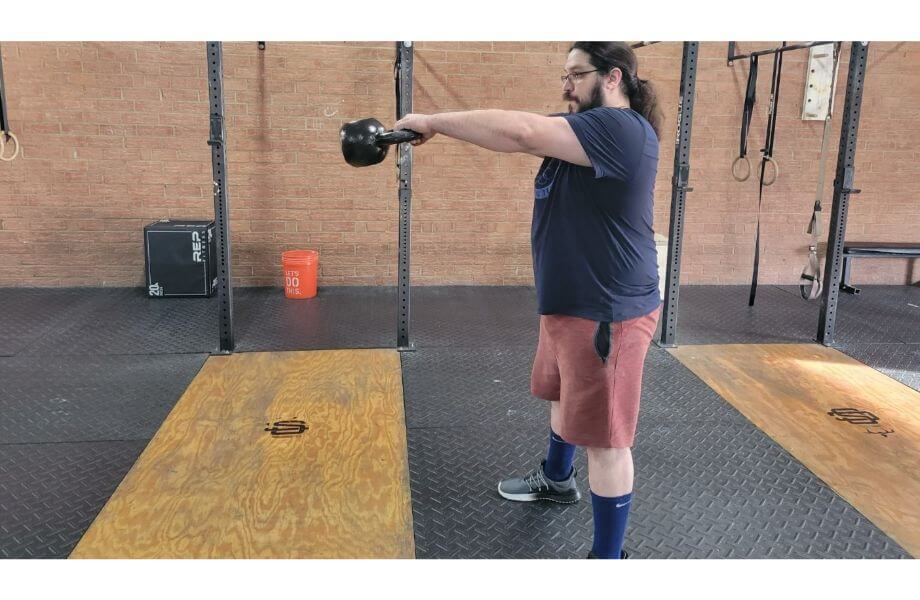We test and review fitness products based on an independent, multi-point methodology. If you use our links to purchase something, we may earn a commission. Read our disclosures.
As a guy who used to weigh 285 pounds, I understand it can be difficult to wrap your head around the idea of only needing to work out for 20 or 30 minutes to burn fat and build muscle. However, the reality is that you don’t need to spend hours in the gym to sculpt your ideal physique. You’ll quickly learn that how intensely you train and how you structure your workout drastically impacts your results.
During my weight-loss journey that inspired me to become a certified personal trainer (CPT), I discovered the power of high-intensity interval training (HIIT). Like many others, I found these workouts challenging but efficient and well-suited for my schedule. Luckily, HIIT workouts for men are no different than those for women, as everyone can benefit from this training style.
RELATED: 8 Benefits of HIIT
Whether you want to improve your conditioning, add lean muscle, or shed stubborn body fat, you can utilize the goal-specific workouts I’ve designed to make your fitness dream come true. While they certainly aren’t for the faint of heart, you’ll undoubtedly feel accomplished once you wrap up the final interval.
What Is HIIT?
HIIT is a popular workout style alternating between short periods of intense exercise and periods of lower-intensity recovery or rest. Sessions typically range between 20 to 40 minutes, making them an efficient choice for those with busy schedules. This unique, high-intensity approach allows you to enjoy both cardiovascular and muscle-building benefits by pushing your body close to capacity, often with a mixture of exercises like sprinting, jumping, and lifting.
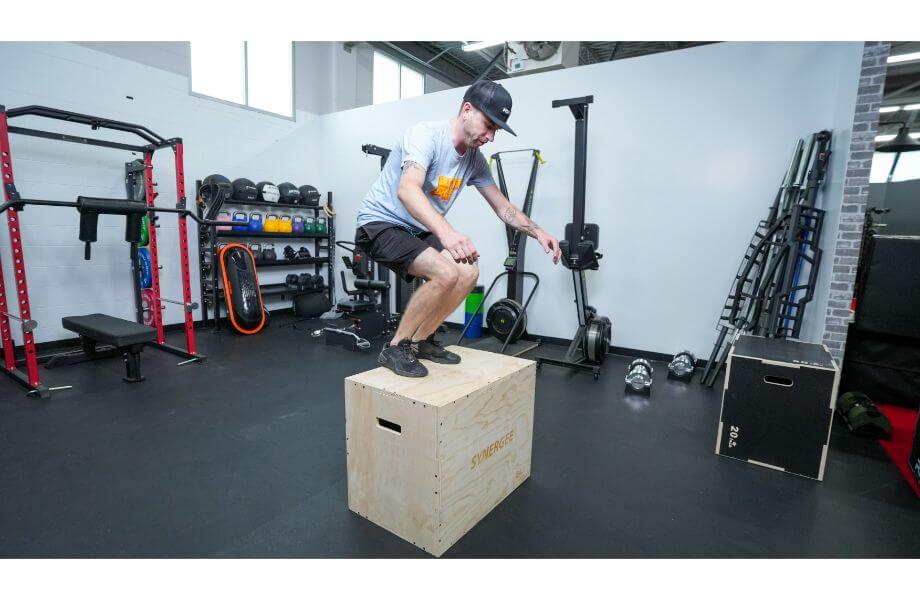
3 Goal-Based HIIT Workouts For Men
Ready to go hard and get results? Although each workout should take no more than 30 minutes, prepare yourself to give everything you’ve got the entire time. As a CPT who utilized HIIT to shed 80 pounds, I’ve designed three goal-specific workouts: one for building muscle, one for metabolic conditioning, and one for fat loss.
Use these sample routines as inspiration. If you can’t perform a particular exercise, swap it out with another variation.
Full-Body HIIT Workout
This muscle-building HIIT workout includes lower- and upper-body strength training exercises to help you sculpt a strong, muscular physique. Perform as many reps as possible for each exercise for 30 seconds, followed by a 30-second rest period. You’ll complete three sets of each exercise before moving on to the next one.
| Exercise | Sets | Work Interval | Rest Interval |
| Close-Grip Bench Press | 3 | 30 sec. | 30 sec. |
| Kettlebell Thruster | 3 | 30 sec. | 30 sec. |
| Reverse Lunge | 3 | 30 sec. | 30 sec. |
| Renegade Row | 3 | 30 sec. | 30 sec. |
| Bulgarian Split Squat | 3 | 30 sec. | 30 sec. |
| Pull-Up | 3 | 30 sec. | 30 sec. |
Expert tip: Increase the work interval or the amount of weight to make this workout more difficult.
RELATED: Kettlebell HIIT Workout
Metabolic Conditioning HIIT Workout
Looking to level up your conditioning? This intense HIIT workout for men and women alike will force you to dig deep and recover quickly. Instead of a 1:1 work-to-rest ratio, this session uses a 2:1 ratio that tests your ability to catch your breath and get ready for the next exercise.
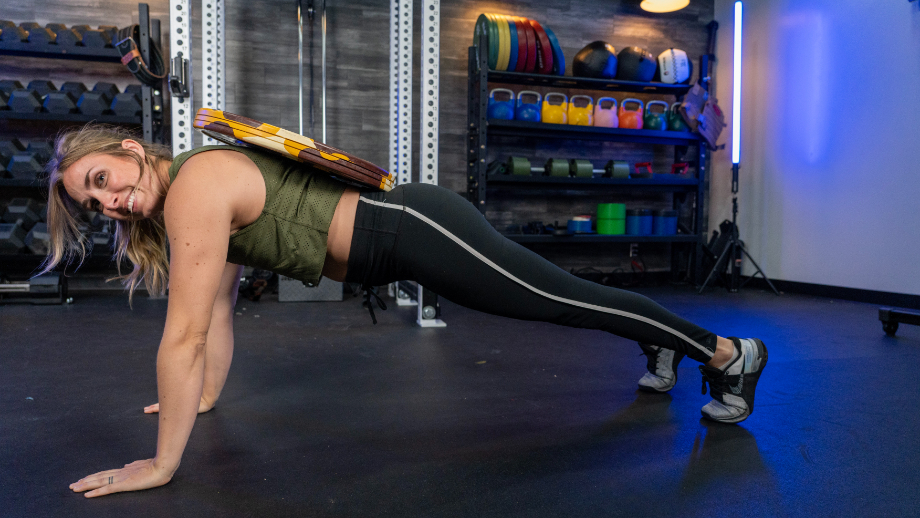
Perform each movement successively, taking a two-minute rest period after completing the circuit. Then, repeat the circuit at least three or four times.
| Exercise | Sets | Work Interval | Rest Interval |
| Burpee | 3-4 | 40 sec. | 20 sec. |
| Goblet Squat | 3-4 | 40 sec. | 20 sec. |
| Mountain Climber | 3-4 | 40 sec. | 20 sec. |
| Hanging Leg Raise | 3-4 | 40 sec. | 20 sec. |
| Spiderman Push-Up | 3-4 | 40 sec. | 20 sec. |
| Weighted Plank | 3-4 | 40 sec. | 20 sec. |
Expert tip: If 40 seconds of work and 20 seconds of rest is too intense, dial it back to a 30:15 ratio.
RELATED: HIIT Cardio Workout At Home
Fat Loss HIIT Workout
This fat-loss-focused HIIT workout includes a mix of bodyweight exercises and moves that require equipment. The key is to keep moving, as you will go from one exercise to the next to complete the circuit. Once you finish, rest for two minutes and repeat the circuit at least three or four times.
| Exercise | Sets | Work Interval | Rest Interval |
| Diamond Push-Up | 3-4 | 30-40 sec. | None |
| Squat Jump | 3-4 | 30-40 sec. | None |
| Mountain Climber | 3-4 | 30-40 sec. | None |
| Kettlebell Swing | 3-4 | 30-40 sec. | None |
| Russian Twist | 3-4 | 30-40 sec. | None |
| Bear Crawl | 3-4 | 30-40 sec. | None |
Expert tip: As you progress, try more difficult variations or add more exercises to the circuit to test your endurance.
Benefits of HIIT Workouts
Why do I regularly program HIIT workouts for both clients and myself? From their efficient nature to their ability to help you build muscle and lose fat, here are the benefits of incorporating this type of training into your fitness regimen.
Can Help Improve Cardiovascular Health
You won’t find many cardio workouts that challenge your mind and body quite like HIIT. Research shows that HIIT is an efficient exercise protocol for improving your cardiovascular health, including your VO2 max1—a measurement of how well your body uses oxygen during exercise. HIIT workouts can also help you increase your aerobic and anaerobic capacity, which can carry over to your other lifts and daily activities.
RELATED: Steady-State Cardio Vs HIIT
Can Be Effective For Weight Loss
The No. 1 key to losing weight is eating in a calorie deficit. Pairing a well-formulated diet with a well-devised training plan that includes HIIT cardio sessions can help support your fat-loss efforts. According to a 2011 study2 published in the Journal of Obesity, high-intensity intermittent exercise has been shown to significantly lower insulin resistance and enhance skeletal muscle fat oxidation. In addition, research shows it can result in modest reductions in subcutaneous and abdominal body fat in both males and females2.
RELATED: How To Lose Body Fat
Help Build Muscle
Although it’s not the same as hypertrophy training, HIIT is still an effective method to pack muscle onto your frame. According to a 2023 study3 on healthy older and younger people, high-intensity interval training promotes increases in lean mass, maximal strength, and lower-limb muscle power.
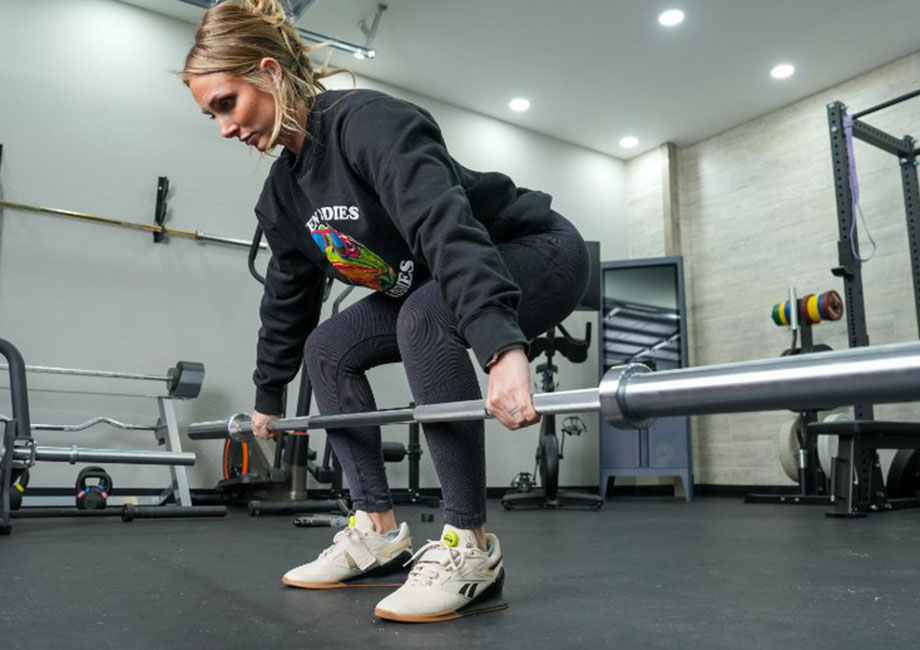
Adaptable to All Fitness Levels
One of my favorite aspects of HIIT is how it can be customized to suit people of different abilities. Beginners can focus on fundamental movement patterns and adequate rest periods to build strength and stamina. More advanced athletes can challenge themselves with short periods of rest or more complicated exercises that work multiple muscle groups. Ultimately, you have plenty of flexibility to design an interval-style workout appropriate for your current fitness level.
Efficient Form of Exercise
If spending an hour in the gym doesn’t appeal to you, HIIT is the ideal solution. Most sessions range between 20 to 40 minutes, or about the time you need to get through an episode of your favorite Netflix show. As long as you’re willing to work at a higher intensity, you’ll be able to finish your workout efficiently, giving you more time for other responsibilities and activities.
No Equipment Required
You can still knock out an effective at-home workout even if you don’t have access to a barbell or pair of dumbbells. Because HIIT is more about structure than exercise selection, you can accomplish your muscle-building and fat-burning goals with nothing but your own body. You may be surprised at how challenging it can be to get through a circuit of bodyweight exercises like crunches, push-ups, mountain climbers, and lunges.
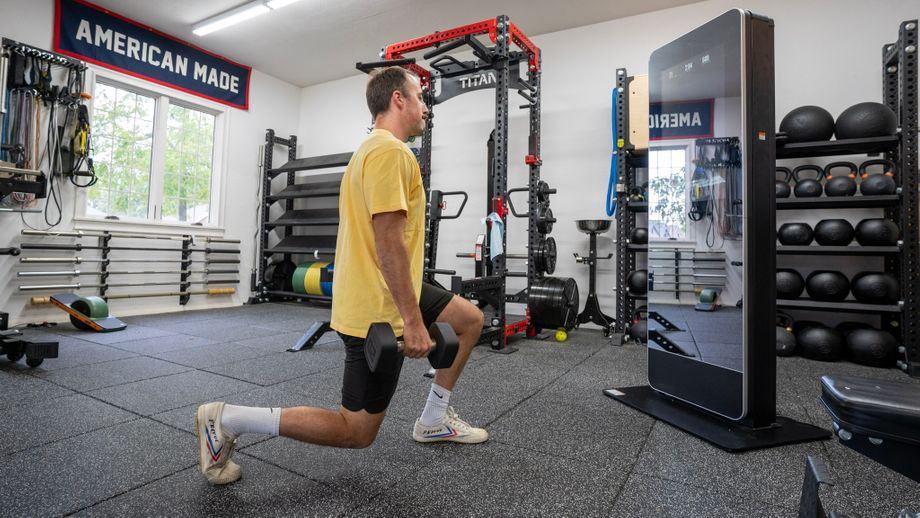
RELATED: At-Home Bodyweight Workout
Common HIIT Mistakes
HIIT may sound simple, but you can easily make mistakes and derail your progress. Avoid these errors so you can stay on track.
Overtraining
There’s nothing wrong with being committed to crushing your fitness goals. However, just because you’re eager to get in shape doesn’t mean you need (or should) train at maximum intensity daily.
Many beginners go full steam ahead on the HIIT train without thinking about the toll these types of workouts can take on your mind and body. Going too hard too often can leave you feeling physically and mentally fatigued, leading to burnout and opening the door to abandoning your workout plan. Including rest days and active recovery techniques like foam rolling and stretching into your regimen can help prevent overtraining.
RELATED: 10 Signs of Overtraining
Using Improper Form
While you may be tempted to blaze through a set of kettlebell swings or knock out as many burpees as possible in 30 seconds, you shouldn’t neglect your form for the sake of time. Failing to execute fundamental movement patterns with proper mechanics will prevent you from maximizing your strength- and muscle-building potential.
In addition, using improper form increases your chances of injury. For example, allowing your knees to cave in during a squat (knee valgus) can add stress to your tendons and ligaments. Conversely, letting your elbows flare out during a bench press or overhead press can compromise your shoulder health.
Skipping the Warm-Up and Cool-Down
Although HIIT workouts typically take less time, you shouldn’t go from zero to 100 without preparing your body for what’s ahead. Start your session with a thorough warm-up, including dynamic movements like jumping jacks, high knees, and bodyweight squats. You can grab a jump rope or hop on a treadmill to perform light cardio to get your heart rate up and increase blood flow.
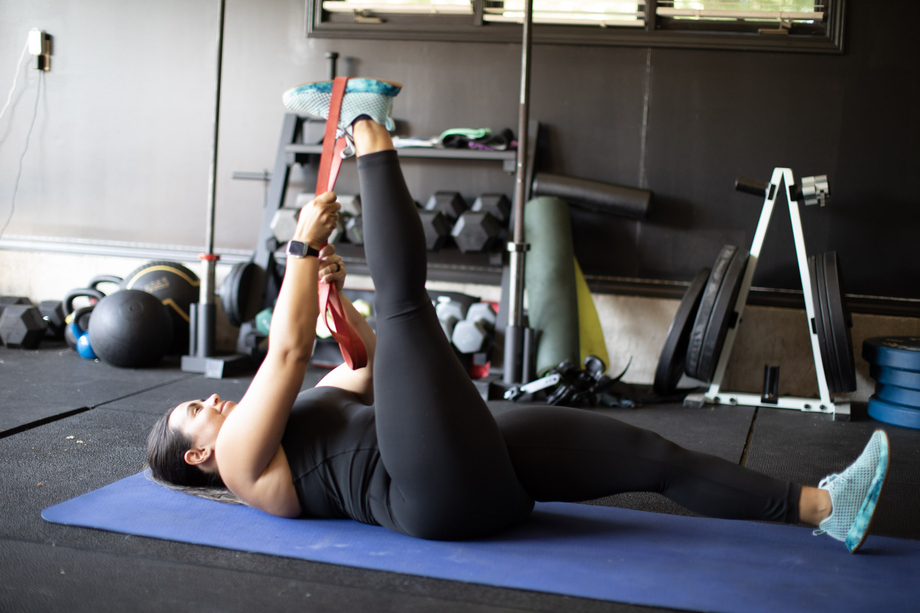
After you finish your HIIT workout, dedicate at least five to 10 minutes for a cool-down period. Use this time to stretch, bring your heart rate back down to baseline, and allow your muscles to relax. I use the cool-down to let my brain switch off of “training mode” and focus on other tasks I need to accomplish.
RELATED: Best Warm-Up Exercises
Going Too Intense Too Soon
You have to learn to walk before you can run. Take the same approach with HIIT—especially if you’re a beginner. While you may be motivated to push yourself to maximum capacity, you can easily empty your tank by going too intense at the start of your workout. Adjust the intervals and overall intensity based on your current fitness level so you can enjoy sustained success rather than a short-lived moment of triumph.
Tips For Maximizing Your HIIT Workouts
From what you put into your body to how you treat it after you’re done training, these strategies can help ensure you’re maximizing the benefits of your HIIT workouts.
Fuel Up Properly
Despite being a big proponent of intermittent fasting, I’ll admit it’s wise to put something in your system before you take on a HIIT workout. The anaerobic demands of this method require a steady stream of glucose. While your body can tap into its glycogen stores, you can also give it the proper fuel by consuming fast-digesting carbohydrates shortly before your session.
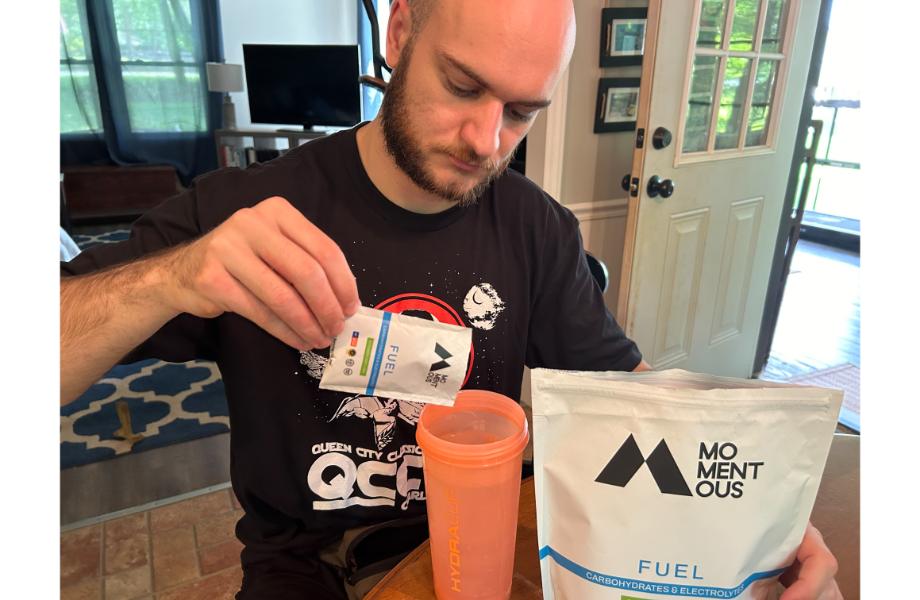
I prefer something light that won’t cause any digestive issues. That typically means fruit (I’m a huge fan of oranges, berries, and grapefruit) or even some Gatorade if I’m in a pinch. Fueling up also means taking care of your hydration, which can majorly impact your performance.
RELATED: Aerobic Vs Anaerobic Metabolism
Implement Progressive Overload
Whether it’s increasing the load, ramping up the reps, or altering the tempo, manipulating these variables will allow you to continue progressing. Your body will get accustomed to performing the same movements with the same weights, so you must provide a new stimulus. Progressive overload can help you gain muscular strength, size, and endurance—even if you perform the same types of exercises.
RELATED: 5 Signs You’re Making Progress In Your Workouts
Prioritize Recovery
Unlike steady-state cardio or low-intensity aerobic workouts, HIIT sessions will leave you feeling gassed. As much effort as you put into completing each interval, put an equal amount into taking care of your body after your workout.
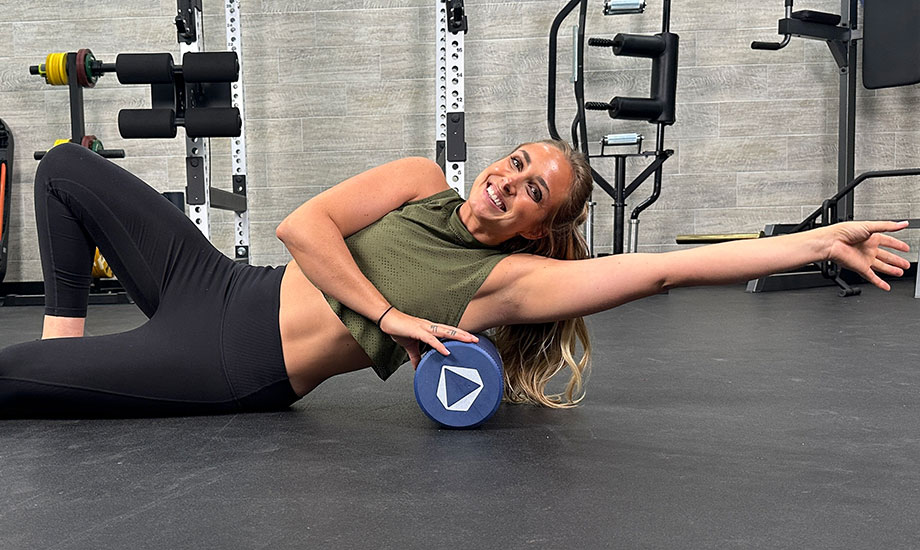
Active recovery techniques like foam rolling, red light therapy, or using a sauna or cold plunge can be highly effective for preparing for your next session. If you’re performing multiple HIIT workouts per week, include at least one full rest day in your schedule, along with dedicated time for stretching and mobility work. This should help keep you physically and mentally fresh as you progress with your fitness journey.
RELATED: Foam Roller Exercises
Take Advantage of Technology
Since HIIT workouts involve specific periods of intense exercise and rest, you want to be as precise as possible. Take away the guesswork by using tools like smart watches, workout apps, heart-rate monitors, and interval timers. These modern conveniences can make your workouts more effective and efficient. Plus, you can get more insight into your performance by tracking data like calories burned and average heart rate.
RELATED: Best Heart Rate Monitors
Experiment With Different Intervals
Many HIIT workouts use a 1:1 work-to-rest ratio. However, just like there are many types of workout splits, there are different ways to structure your HIIT sessions. If a 1:1 ratio seems too easy, try cutting down the rest period. Or, you can increase the work interval to test your endurance and metabolic conditioning.
HIIT Workouts for Men: Final Thoughts
Honestly, I wouldn’t be where I am today without HIIT. When I faced the reality of needing to shed some serious weight, I relied on this intense but rewarding form of training to lose fat, build muscle, and get in the best shape of my life. Whether you’re in a similar situation or simply want to switch up your current routine, interval training might be the solution.
Ultimately, even though this article is titled HIIT workouts for men, I have no doubt that anyone can benefit from trying them.
HIIT Workouts for Men: FAQs
What are HIIT workouts?
High-intensity interval training (HIIT) workouts involve short bursts of intense exercise followed by brief rest periods. They generally last between 20 to 30 minutes and can include everything from bodyweight exercises to common strength training movements like the back squat and deadlift.
Is 20 minutes of HIIT per day enough?
A 20-minute HIIT session should provide a sufficient stimulus for building muscle and losing fat, especially if you incorporate compound exercises and train at a high intensity. However, it’s important to include other types of training in your workout routine since performing HIIT every day can lead to overtraining and burnout.
Is HIIT good for men?
HIIT is effective for both men and women. Alternating between intense exercise and rest periods can help people of all genders accomplish their fitness goals.
What are the best HIIT exercises for men to build muscle?
HIIT exercises that work several major muscle groups simultaneously are the most effective for those trying to build muscle. Examples include squat variations, kettlebell swings, lunges, push-ups, thrusters, and mountain climbers.
References
- Ito S. High-intensity interval training for health benefits and care of cardiac diseases – The key to an efficient exercise protocol. World J Cardiol. 2019 Jul 26;11(7):171-188. doi: 10.4330/wjc.v11.i7.171. PMID: 31565193; PMCID: PMC6763680.
- Boutcher SH. High-intensity intermittent exercise and fat loss. J Obes. 2011;2011:868305. doi: 10.1155/2011/868305. Epub 2010 Nov 24. PMID: 21113312; PMCID: PMC2991639.
- Caparrós-Manosalva C, Garrido-Muñoz N, Alvear-Constanzo B, Sanzana-Laurié S, Artigas-Arias M, Alegría-Molina A, Vidal-Seguel N, Espinoza-Araneda J, Huard N, Pagnussat AS, Sapunar J, Salazar LA, Marzuca-Nassr GN. Effects of high-intensity interval training on lean mass, strength, and power of the lower limbs in healthy old and young people. Front Physiol. 2023 Sep 27;14:1223069. doi: 10.3389/fphys.2023.1223069. PMID: 37829114; PMCID: PMC10565117.
Further reading

This overbuilt seal row pad is made to last through some heavy reps on your next back workout. Find out if it’s worth a look in our Rogue Pritchett Pad review. Read more

I love trying new training shoes – almost as much as I love trying to figure out the best squat racks or thebest air bikes. There has been some buzz recently about the inov-8 F-LITE G 300s, which are marketed as a cross training shoe. After recently trying the Nike Free Metcon 4s, the Reebok Nano X1s, and the NOBULL Trainers I wanted to see how they stacked up.For this inov-8 F-LITE G 300 review, I’ve enlisted the help of staff writer Caroline Lubinsky, a former NCAA D1 Women’s College Soccer player. Caroline cross trains regularly and gives us a deep look into how these perform. Keep reading to find out what we thought about these in terms of durability, value, and comfortability. Read more

Find out if this bougie plant-based meal delivery service is worth your hard-earned money in our Sakara Life reviews. Read more
What should my macros be? A registered dietitian explains how to determine your macros based on your fitness goals! Read more

